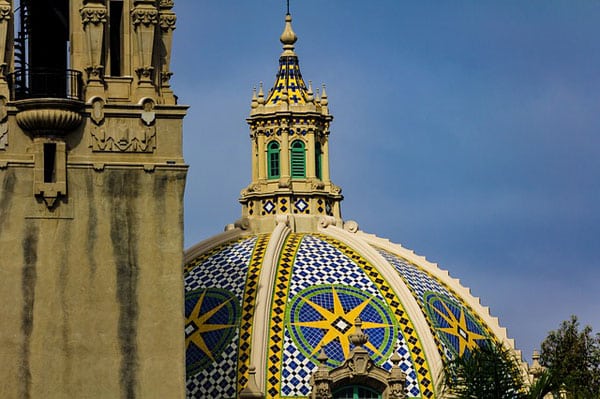
September 24, 2018; Voice of San Diego
The public benefit of the tax breaks and other subsidies cities and states grant to professional sport franchises, special events like the Olympics, and museums and other cultural institutions is often hotly debated. Proponents cite their importance as economic development engines, bringing visitors to the community and generating increased business activity, which benefits the community as a whole. Opponents think the economic return doesn’t meet the promise and the public at large ends up paying the costs of special interests. According to a review by Kansas City Federal Reserve Bank, the truth may relate to how one values the impact: “The answer is definitely not if benefits are limited to increases in economic activity and tax revenue collection. A strong case can be made, however, that the quality-of-life benefits from hosting a major league team can sometimes justify the large public outlays associated with doing so.”
A recent article in Voice of San Diego (VSD) suggests that if you don’t pay attention to the economic impact, you may face problems that quality of life improvements cannot solve. VSD looked at the city’s iconic Balboa Park, which was built early in the 20th century to house major expositions. Today, the Park houses many of the city’s cultural attractions as well providing a home for smaller nonprofit organizations. An economic impact study conducted by the nonprofit Balboa Park Conservancy, which was formed in 2011 to address the Park’s long-term needs, makes the case for the Park’s importance to the overall community. Their study found that the more than 4.5 million unique annual visitors, combined with the thousands of people who are employed by one of the organizations using the Park, contribute more than $600 million a year to the area’s economy. What is less clear is what the overall public benefit of this economic engine is.
In return for this “contribution,” organizations using facilities in the Park pay little or no rent to the city. Voice of San Diego found that though this may be beneficial to these organizations and to restauranteurs, hoteliers, and surrounding homeowners, its benefit to the city as a whole is in doubt. The current arrangement poses a long-term threat to the Park’s sustainability, as there is no direct mechanism for the economic activity generated in the Park to directly support the Park’s ongoing needs.
Sign up for our free newsletters
Subscribe to NPQ's newsletters to have our top stories delivered directly to your inbox.
By signing up, you agree to our privacy policy and terms of use, and to receive messages from NPQ and our partners.
The city, though, is still on the hook for the major structural and exterior maintenance, plus upkeep of park infrastructure like water pipes. Over the years, the city has amassed an estimated backlog of $300 million in infrastructure and maintenance needs in Balboa Park, but there’s no dedicated funding stream to fix those problems.
VSD’s review provides a stark picture of this one-sided deal. The Park’s most famous tenant is the San Diego Zoo. Despite its annual budget, which exceeds $280 million, it pays the city less than $110,000 annually, even though the Zoo benefits from its own dedicated property tax levy. The Old Globe Theater operates with an annual budget of $30 million but makes annual payment to the city of less than $4,000. The one-week-a-year San Diego Comic-Con convention pays no rent to the city despite grossing over $21 million and showing an operating surplus of over $3 million on its 2016 990 filing. Large or small, the City has supported the organizations that draw people to the Park by making their occupancy costs minimal.
From the organizations’ perspective, this benefits all. For civic leaders, the challenge of a $300 million and growing deferred maintenance list remains unaddressed. The increased tax revenues the users of the Park generate have already been integrated into the ongoing budget of the city without addressing the long-term needs of the Park.
Should the City’s philanthropic leaders step forward and take on this challenge, and perhaps risk their ability to fund other ongoing human service needs? Is it best to ask the organizations in the park to pay a higher cost for use of the Park’s facilities, a step which will force them to tap their philanthropic supporters more heavily or increase the cost of entry for their patrons? Or, is the overall benefit of the to the city so great that funding should be generated by increasing taxes overall?—Martin Levine













